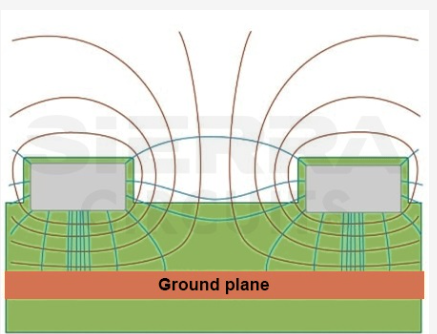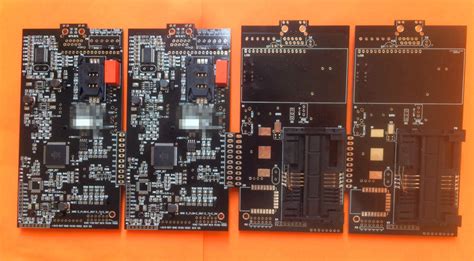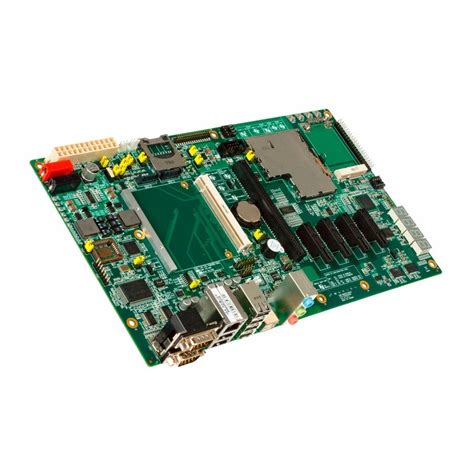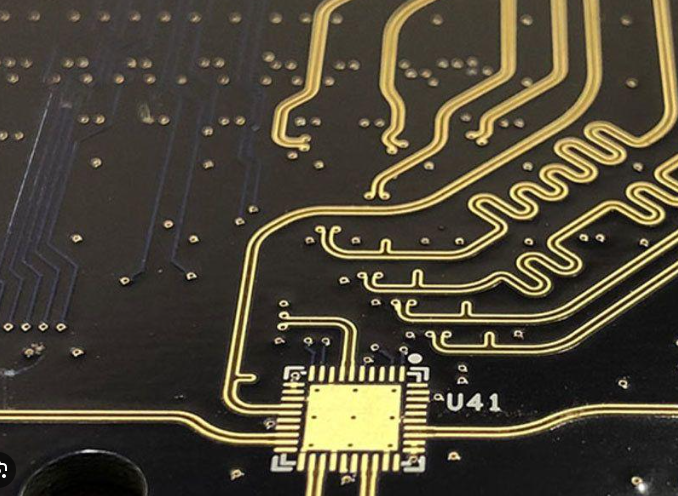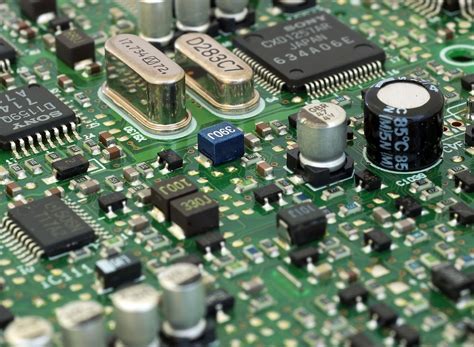How to Eliminate Crosstalk in High Speed PCB Design?
At a wedding reception recently, I was trying to have a conversation with a gentleman who was sitting at the same table as me. Unfortunately, there was a woman sitting between us, having a conversation with someone else sitting next to me. With all the commotion of the reception in the background, it was difficult to start a conversation. Having another discussion between us though made our conversation impossible. What we did have was crosstalk!
Crosstalk during a conversation can be very annoying, but crosstalk on a PCB layout can be catastrophic. If not corrected, crosstalk can cause your finished board to not work at all, or it may be plagued by intermittent problems. Let’s take a look at what crosstalk is and how to reduce crosstalk in PCB design.
How to Reduce Crosstalk in PCB Design?
Crosstalk is the unintentional electromagnetic coupling between traces on a printed circuit board. This coupling can cause the signal pulse of one trace to exceed the signal integrity of another trace, even if they are not physically touching. This happens when the spacing between parallel traces is tight. Even though the traces may maintain a minimum spacing for manufacturing purposes, it may not be enough for electromagnetic purposes.
Consider two traces running parallel to each other. If the differential signal in one trace has a greater amplitude than the other, it can actively influence the other trace. The signal in the “victim” trace will then begin to mimic the characteristics of the aggressor trace, rather than conducting its own signal. When this happens, crosstalk is created.
Crosstalk is usually thought of as occurring between two parallel traces that are adjacent to each other on the same layer. However, crosstalk is more likely to occur between two parallel traces that are adjacent to each other on adjacent layers. This is called broadside coupling, and is more likely to occur because the two adjacent signal layers are separated by a very small amount of core thickness. This thickness can be 4 mils (0.1 mm), which is sometimes less than the spacing between two traces on the same layer.
< p> Trace spacing to eliminate crosstalk is usually greater than regular trace spacing requirements

Eliminate the possibility of crosstalk in your design
Fortunately, you are not at the mercy of crosstalk. By designing your board to minimize crosstalk situations, you can avoid these problems. Here are some design techniques to help you eliminate the possibility of crosstalk on your board:
Maintain as much distance as possible between differential pairs and other signal routing. The rule of thumb is clearance = 3 times the trace width.
Maintain as much difference as possible between clock routing and other signal routing. The same clearance = 3 times the trace width rule of thumb applies here as well.
Maintain as much distance as possible between different differential pairs. The rule of thumb here is slightly larger, clearance = 5 times the trace width.
Asynchronous signals such as RESET, INTERRUPT, etc. should be routed away from bus and high-speed signals. They can be routed next to turn on or off or power-up signals as these signals are rarely used during normal operation of the board.
Ensure that two signal layers adjacent to each other in the board stackup will alternate horizontal and vertical routing directions. This will reduce the possibility of broadside coupling as traces are not allowed to run parallel on top of each other.
A better way to reduce potential crosstalk between two adjacent signal layers is to separate the layers in a microstrip configuration with a ground plane layer between them. The ground plane not only increases the distance between the two signal layers but also provides the required return path for the signal layers.
Your PCB design tools and third-party applications can help you eliminate crosstalk

How your design software can help you eliminate crosstalk in high-speed PCB designs
PCB design tools have many features built in to help you avoid crosstalk in your designs. Board layer rules will help you avoid broadside coupling by specifying routing directions and creating microstrip stackups. Using net class rules, you will be able to assign larger trace spacing to groups of nets that are more susceptible to crosstalk. Differential pair routers route differential pairs as actual pairs rather than routing them individually. This will maintain the required spacing of differential pair traces with each other and other nets to avoid crosstalk.
In addition to the built-in features of your PCB design software, there are other tools that can help you eliminate crosstalk in your high-speed PCB design. There are different crosstalk calculators to help you determine the correct trace width and spacing for routing. There are also signal integrity simulators to analyze your design for potential crosstalk issues.
Crosstalk can be a big problem on a printed circuit board if allowed to occur. Now that you know what to look for, you will be prepared to prevent crosstalk from occurring. The design tips we discuss here along with the features of your PCB design software will help you create a crosstalk-free design.

